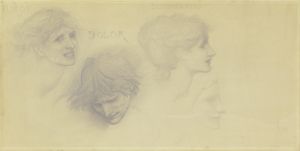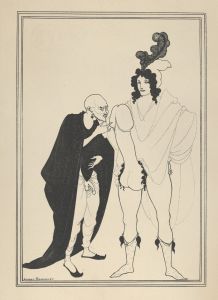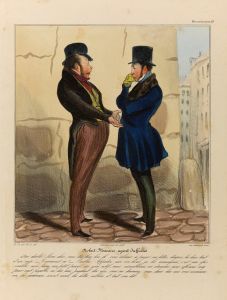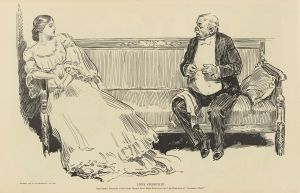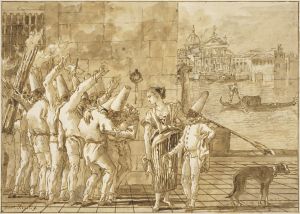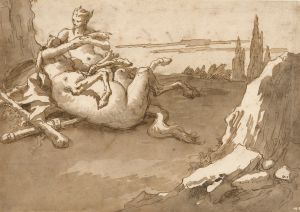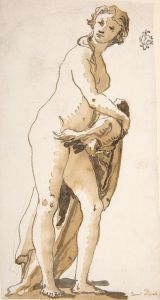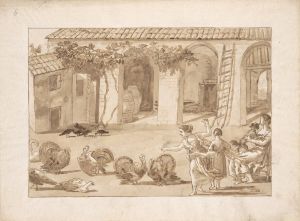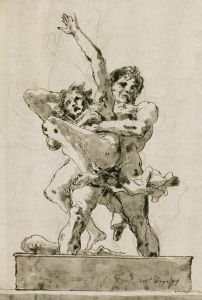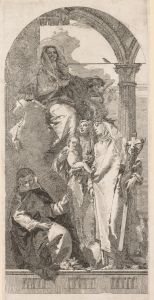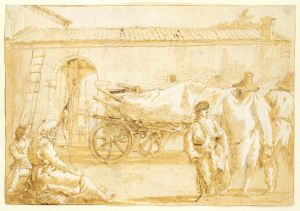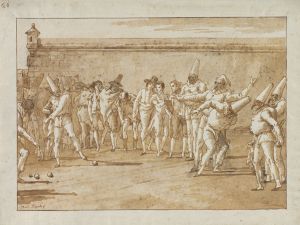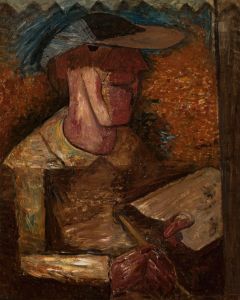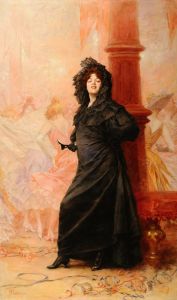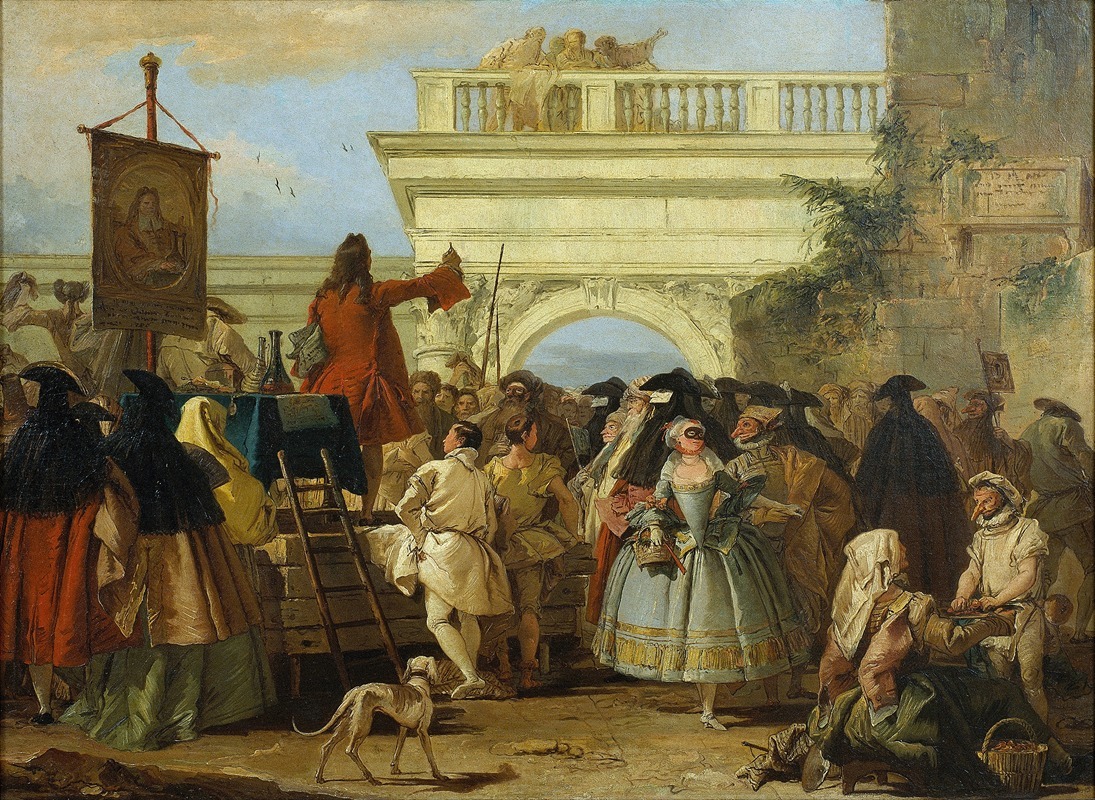
The Charlatan
A hand-painted replica of Giovanni Domenico Tiepolo’s masterpiece The Charlatan, meticulously crafted by professional artists to capture the true essence of the original. Each piece is created with museum-quality canvas and rare mineral pigments, carefully painted by experienced artists with delicate brushstrokes and rich, layered colors to perfectly recreate the texture of the original artwork. Unlike machine-printed reproductions, this hand-painted version brings the painting to life, infused with the artist’s emotions and skill in every stroke. Whether for personal collection or home decoration, it instantly elevates the artistic atmosphere of any space.
"The Charlatan" is a painting by the Italian artist Giovanni Domenico Tiepolo, who was born in Venice in 1727 and died in 1804. Tiepolo was the son of the renowned painter Giovanni Battista Tiepolo and followed in his father's footsteps, becoming a notable artist in his own right. Domenico Tiepolo is known for his frescoes, drawings, and paintings that often depict scenes of everyday life, religious themes, and theatrical subjects.
"The Charlatan" is one of Domenico Tiepolo's works that captures a lively and bustling scene, characteristic of his interest in the commedia dell'arte and the theatricality of 18th-century Venetian life. The painting portrays a charlatan, or a quack doctor, performing in front of a crowd. Charlatans were common figures in European towns and cities during this period, known for their public performances where they would sell dubious medicines and remedies while entertaining the audience with their antics.
In the painting, the charlatan stands on a makeshift stage, engaging the crowd with his performance. He is surrounded by various props and possibly assistants, which add to the theatrical atmosphere of the scene. The audience, composed of men, women, and children from different social backgrounds, watches with a mix of curiosity, amusement, and skepticism. Tiepolo's attention to detail and his ability to capture the expressions and postures of the figures make the scene vivid and dynamic.
The composition of "The Charlatan" reflects Tiepolo's skill in creating a sense of depth and movement. The use of light and shadow, along with the careful arrangement of the figures, draws the viewer's eye into the scene and conveys the lively atmosphere of the event. The painting also showcases Tiepolo's talent for capturing the nuances of human behavior and the social interactions of his time.
Domenico Tiepolo's work, including "The Charlatan," is often noted for its humor and satirical edge. Through his depiction of the charlatan and the crowd, Tiepolo offers a commentary on the gullibility of people and the nature of deception. The painting serves as both a historical document of 18th-century Venetian life and a timeless exploration of human nature.
"The Charlatan" is part of a larger series of works by Domenico Tiepolo that explore similar themes. These works provide valuable insights into the social and cultural milieu of Venice during the 18th century. Tiepolo's paintings are held in various collections around the world, and "The Charlatan" continues to be appreciated for its artistic merit and its engaging portrayal of a colorful aspect of historical life.
Overall, "The Charlatan" by Giovanni Domenico Tiepolo is a notable example of the artist's ability to blend humor, social commentary, and technical skill in a single composition. The painting remains an important piece in the study of 18th-century Venetian art and culture.





